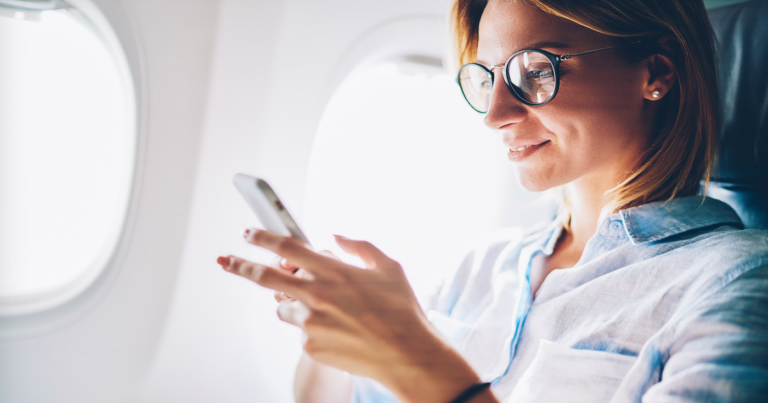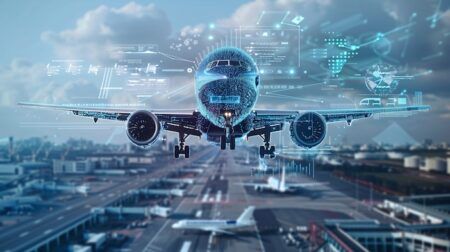While air travel suffered due to the Covid-19 pandemic, e-commerce companies thrived in 2020. This development has led to many airlines taking note and adapting to the e-commerce model to ensure longevity and to diversify their revenue streams. Enter the rise of the airline app, and with it, the changing dynamic of airline-to-passenger interactions.
The digitisation of how we live and how we travel
The events of Covid-19 accelerated the digitalisation process by increasing demand for e-commerce models. For airlines, changing the focus of sales strategy from flight operations to merchandising became a key tactic to adapt to the decline in ticket revenue. With their customer base growing more accustomed to self-service platform interactions, airlines are in need of scalable digital solutions that allow for passenger-driven travel options.
Passengers, in turn, are also demanding more self-service options. Rather than interacting with customer-service agents, self-service is about regaining control of the travel process and having the passenger decide how to engage.
Airline service in your hand
To meet growing passenger expectations, airlines are refocusing the passenger experience around personal electronic devices (PEDs). A number of airlines have developed this mobile capability for their booking, check-in and ancillary services through their airline apps. Passenger PEDs can also serve as a focus for travel payments through the implementation of ‘travel wallets’ to store value in either cash or frequent flier points to ensure seamless transactions.
Some of the possibilities for airline app flight service integrations on passenger PEDs stem from Covid-19 health precautions. Self-service ordering and payment for food and beverages can reduce onboard face-to-face contact, while the replacement of seatback in-flight entertainment (IFE) systems with the delivery of content on PEDs can cut contamination risk from shared surfaces.
Airline apps beyond flight
The transition toward centralising every aspect of the flight experience onto a passenger’s mobile phone opens much broader e-retail opportunities for carriers. The constant presence and availability of an app on a customer’s PED grows mindshare outside of flying and allows the customer to access services whenever is most convenient for them.
Perhaps the most impactful effect of the rise of airline apps is the staggering amount of customer data they can collect. This data enables targeted marketing approaches and product design, allowing airlines to expand their e-retail offering beyond flights to elements across the travel journey such as hotels, experiences, transfers, shopping and dining.
Malaysian low-cost-carrier, AirAsia, is one such example, having developed its “super-app” to offer parcel and food delivery, lifestyle services, and even its own payment system. In October 2021, the regional carrier integrated Covid-19 vaccination verification into the app to streamline the check-in process for international flights.
The future of customer connectivity
In recent years, airlines have begun their retailing experience by unbundling fares and other ancillary revenue initiatives. Looking ahead, by centering interactions within an app, carriers will have greater authority to control the customer experience, increase the velocity of product development efforts and accelerate promotional activities. All of these tactics are intended to boost customer retention and increase non-flight gross merchandising value (GMV) and take rates, both from customers and through platform partners.
Joshua Ng is a director at Alton Aviation Consultancy, a global advisory firm serving the aviation and aerospace industries from its offices in New York, Dublin, Beijing, Hong Kong, Tokyo and Singapore.





